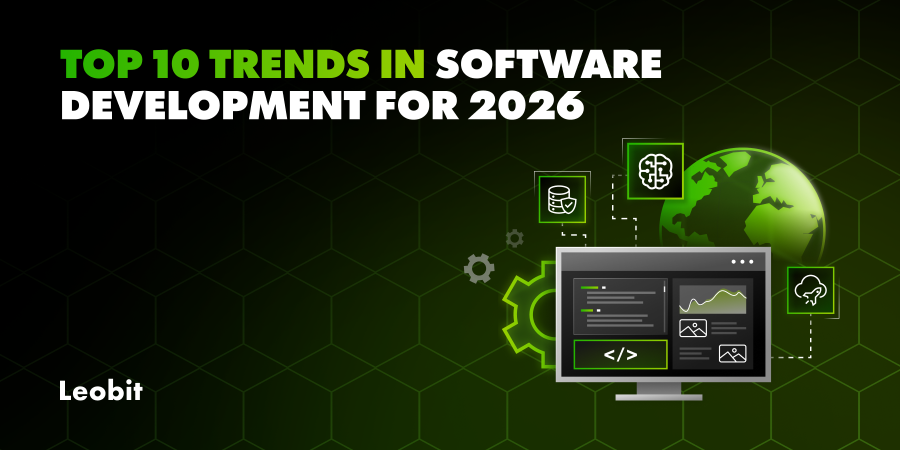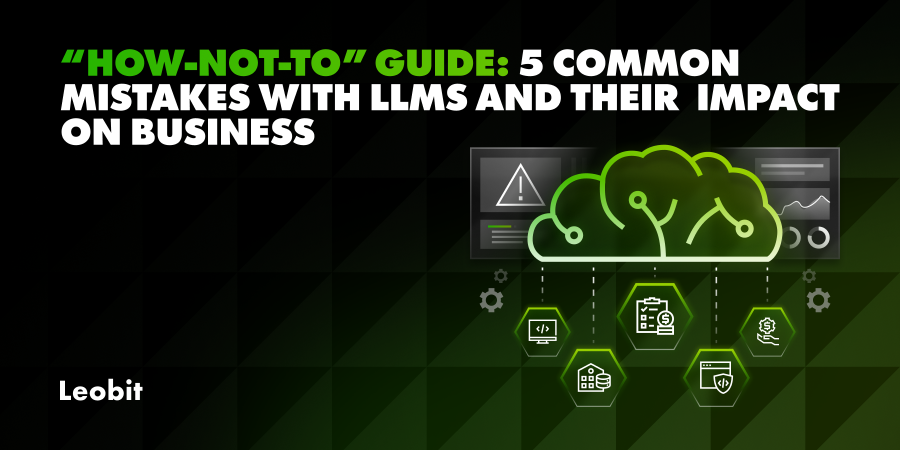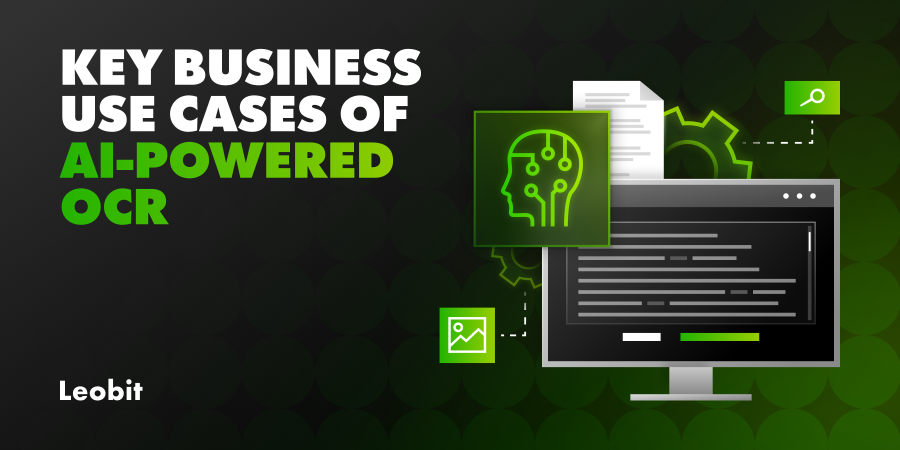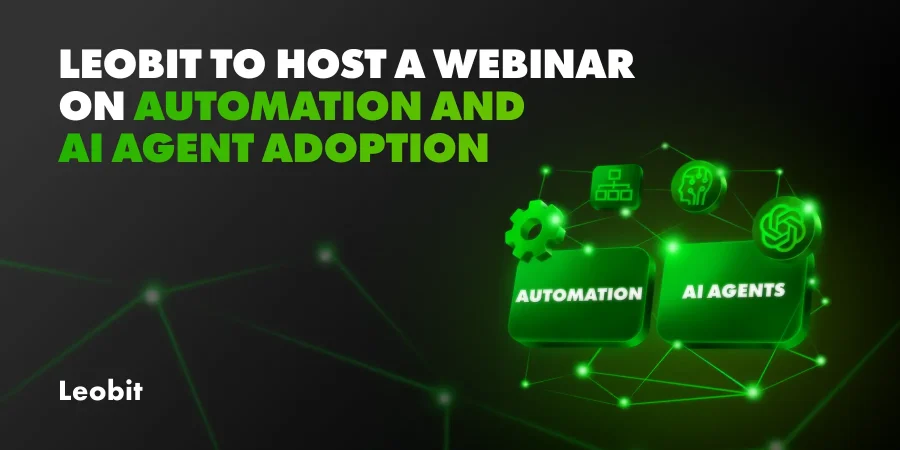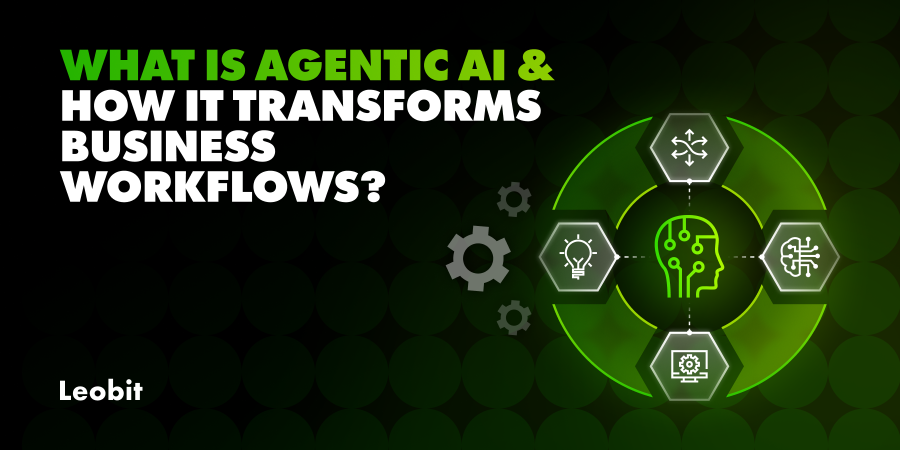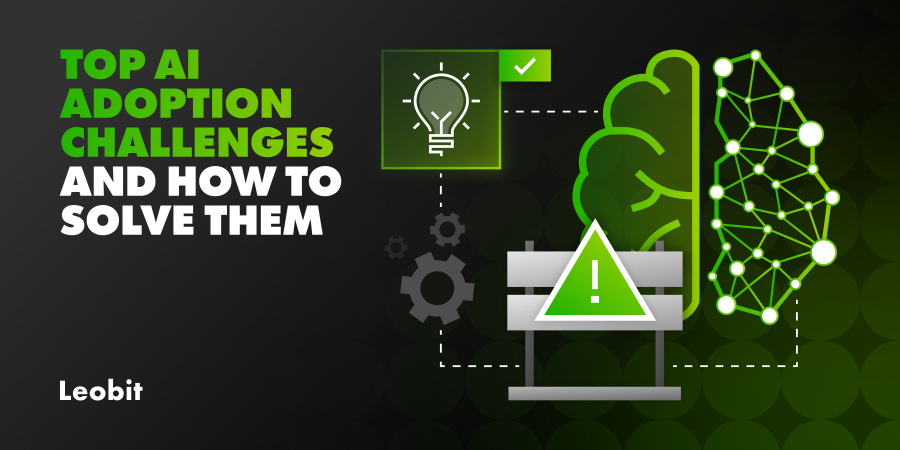AI investment is skyrocketing, with tech giants pouring billions into development. Meanwhile, 97% of business leaders report positive ROI from AI implementations. Companies can benefit from using AI in many ways, ranging from process automation to improved decision-making.
Many of these advantages can be achieved by implementing AI agents, autonomous systems powered with machine learning (ML) algorithms capable of handling workflows of varying complexities in different domains.
In this article, we will explore AI agents and the possibilities for their implementation, as well as outline the key steps for building a custom AI agent based on a large language model (LLM).








